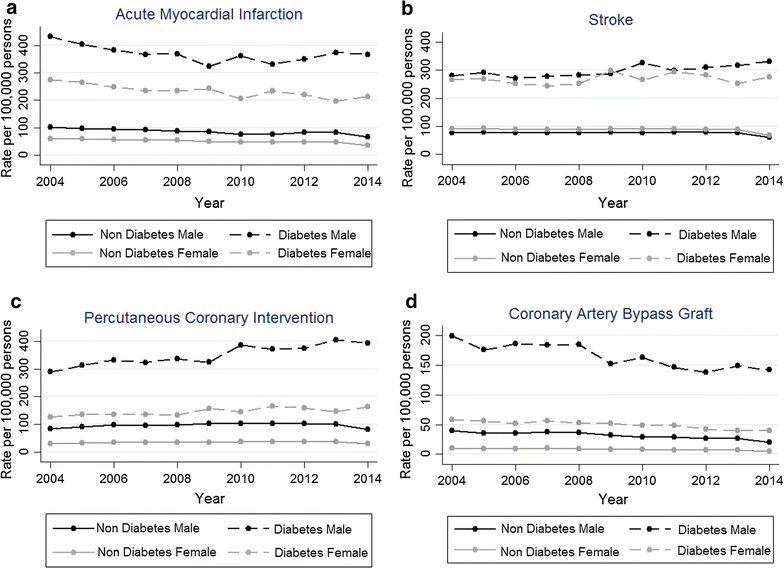Cardiovascular disease (CVD) is a major cause of disability and premature mortality worldwide. In England, it accounts for a third of deaths and costs the National Health Service (NHS) and the UK economy £30 billion annually.
The National Health Service (NHS) Health Check is a CVD risk assessment and management programme in England aiming to increase CVD risk awareness among people at increased risk of CVD. There was previously no tool to assess the effectiveness of the programme in communicating CVD risk to patients. In research published in the journal BMJ Open, we describe how we developed a questionnaire examining patients’ CVD risk awareness for use in health service research evaluations of the NHS Health Check programme.
We developed an 85-item questionnaire to determine patients’ views of their risk of CVD. The questionnaire was based on a review of the relevant literature. After review by an expert panel and focus group discussion, 22 items were dropped and 2 new items were added. The resulting 65-item questionnaire with satisfactory content validity (content validity indices≥0.80) and face validity was tested on 110 NHS Health Check attendees.
Following analyses of data, we reduced the questionnaire from 65 to 26 items. The 26-item questionnaire constitutes four scales: Knowledge of CVD Risk and Prevention, Perceived Risk of Heart Attack/Stroke, Perceived Benefits and Intention to Change Behaviour and Healthy Eating Intentions. Perceived Risk (Cronbach’s α=0.85) and Perceived Benefits and Intention to Change Behaviour (Cronbach’s α=0.82) have satisfactory reliability (Cronbach’s α≥0.70). Healthy Eating Intentions (Cronbach’s α=0.56) is below minimum threshold for reliability but acceptable for a three-item scale.
This is the first study that describes the development of a short, validated questionnaire with satisfactory content and face validity and reliability examining CVD risk awareness among the NHS Health Check attendees. The ABCD Risk Questionnaire may be used for evaluating the accuracy of perceived CVD risk, general knowledge of CVD and intention to change behaviour regarding diet and exercise among NHS Health Check attendees.
Agreement between perceived and predicted CVD risk suggests that the tool performs well in assessing perceived CVD risk. As the questionnaire was developed using both an expert panel and a patient focus group, it ought to be relatively easy to understand for both patients and clinicians. If NHS Health Check recommendations change over time, it may need to be updated. The resulting questionnaire, with its satisfactory reliability and validity, may be used in assessing patients’ awareness of CVD risk among NHS Health Check attendees.
DOI: http://dx.doi.org/10.1136/bmjopen-2016-014413
